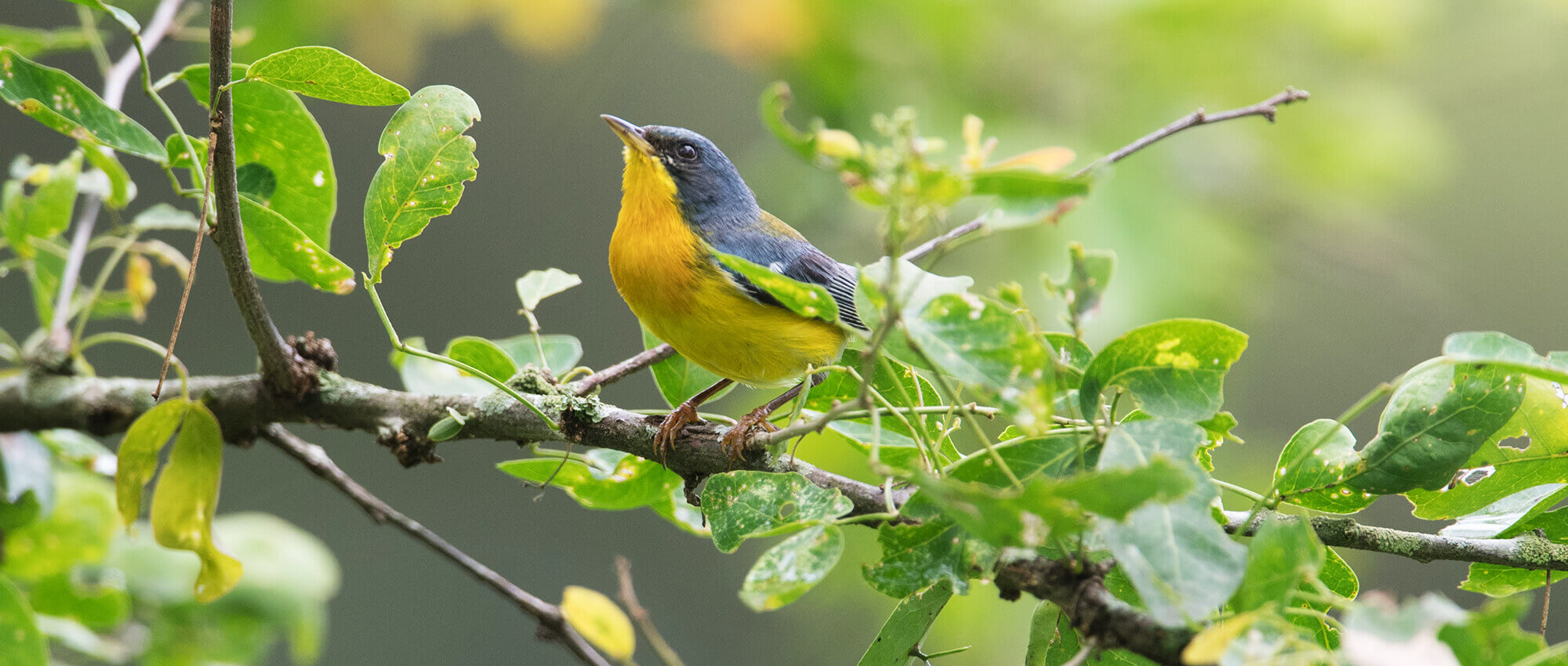
Tropical PARULA
REINITA TROPICAL
Setophaga pitiayumi
The Tropical Parula has mainly blue-grey upperparts, with a greenish back patch and two white bars on the wing. The underparts are yellow, becoming orange on the breast. The male has a black patch from the bill to behind the eye. Females are slightly duller than the males and lacks black on the head. The immature tropical parula is dull-plumaged, lacks the wing bars, and has a gray band on the breast. The song is a high buzzy trill, non-musical and with many variations. The sound of the call is a sharp tsit. The tropical parula has about 14 subspecies, with a wide range of plumage tones. This tropical bird is a species found mainly of hill and forest edges. It does not occur in the Amazon basin. It seems to prefer moderately disturbed and secondary forests. They feed on insects, spiders and sometimes on berries. The tropical parula nests in clumps of epiphytes (especially Spanish moss, Tillandsia usneoides) in a tree, laying usually two eggs in a scantily lined domed nest. The female incubates the eggs for 12 to 14 days.
Este parúlido no migratorio presenta un pico delgado con la mandíbula superior negra y la inferior amarilla. Los machos adultos son de color azul grisáceo por encima con un triángulo verde oliva grande en la espalda, el área loreal, orbital y las mejillas son tienen una coloración negra. Sus alas muestran dos barras alares de color blanco. La parte inferior es amarilla brillante con un tono naranja-ocre en la garganta y en el pecho y, cobertoras infracaudales blancas. La hembra que es similar al macho tiene negro en las áreas loreal y orbital y un tenue anaranjado en el pecho. Hay 14 subespecies. Su canto consiste de trinos rápidos y muy variados, zumbante, no musical y con muchas variaciones que entona a alta frecuencia y con animada persistencia. Frecuenta bordes de selvas, piedemontes y zonas montañosas. Es insectívora y prefiere escarabajos, arañas, larvas, y huevos de artrópodos. Vive solitaria o en parejas. La hembra pone dos huevos en el nido construido generalmente sobre plantas epífitas tales como la salvajina (Tillandsia usneoides) y los incuba durante 12-14 dias. Su nido puede ser parasitado por el chamón negro Molothrus bonariensis.

LAM_5487
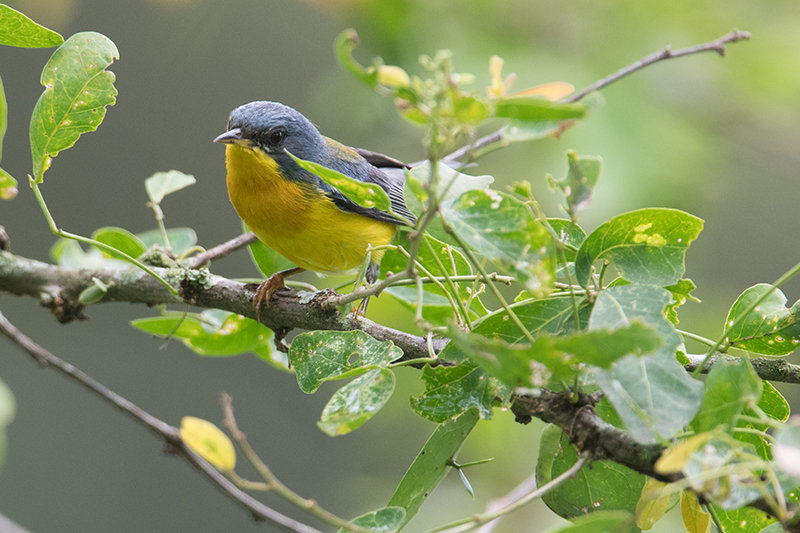
LAM_5482
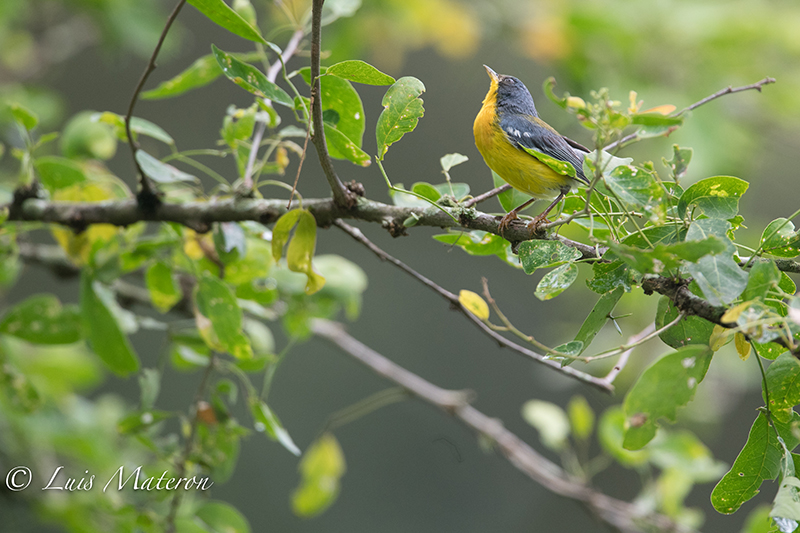
LAM_5484
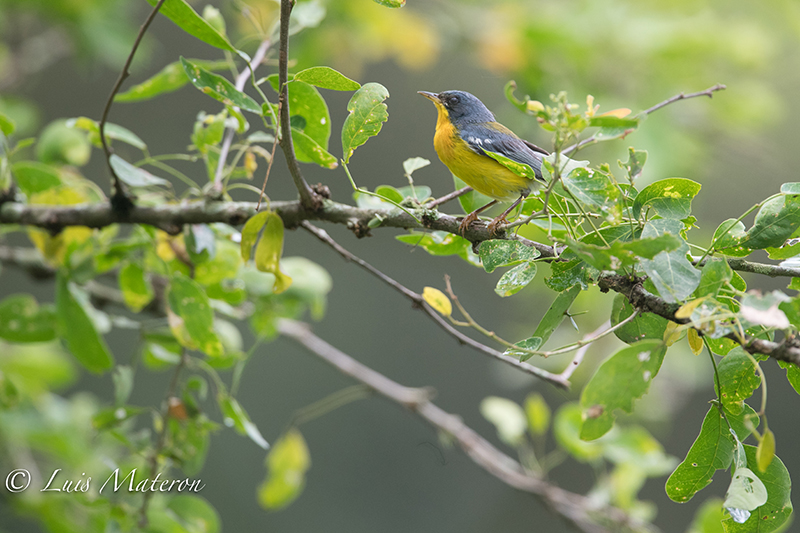
LAM_5485
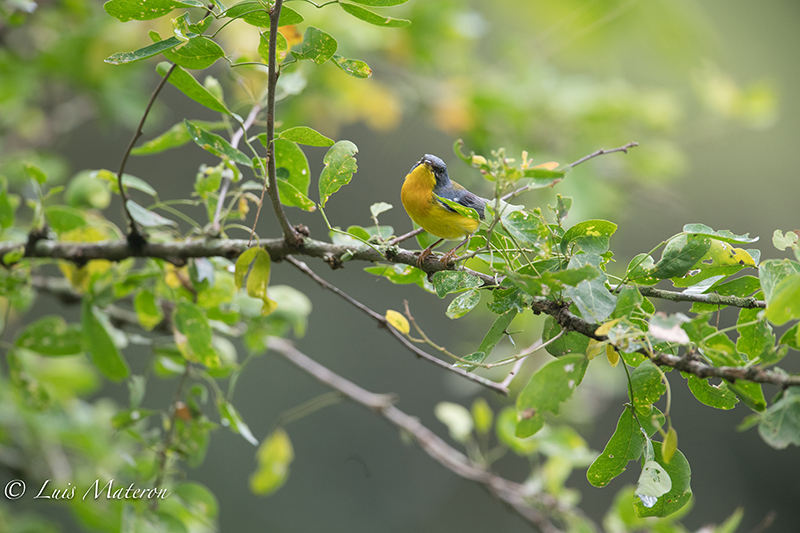
LAM_5486
